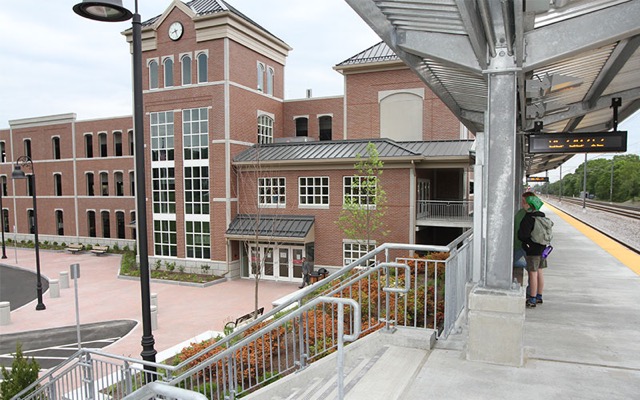“Can Miami afford more rail?” asks the Miami Herald. “Or will it settle for buses?” That’s like asking if you can afford an IBM 700 mainframe computer from the 1950s or if you will settle for a MacBook Pro. Both buses and laptop computers are far less expensive than rails and mainframes, but the former are also far more flexible.
In 1972, Miami persuaded voters to put up the money to build a 50-mile heavy-rail system. With 80 percent of the cost paid for by the feds, they finally opened a 20-mile line in 1984, but then ran out of money having spent well over a billion dollars, far more than expected. Ridership was poor and people took to calling it a white elephant.
Memories grow dim, however, and in 2002 Miami convinced voters to approve another transit tax, supposedly to finish the system. Only a handful of miles were built, at the cost of close to another billion, before that effort ran out of steam as well. Continue reading








